
Abortion care
An educational
initiative
supported by

Written by experienced doctors, midwives and other medical professionals – and approved by a specialist Editorial Board
Enhancing the Welfare of Women
Expert Health Information for Women

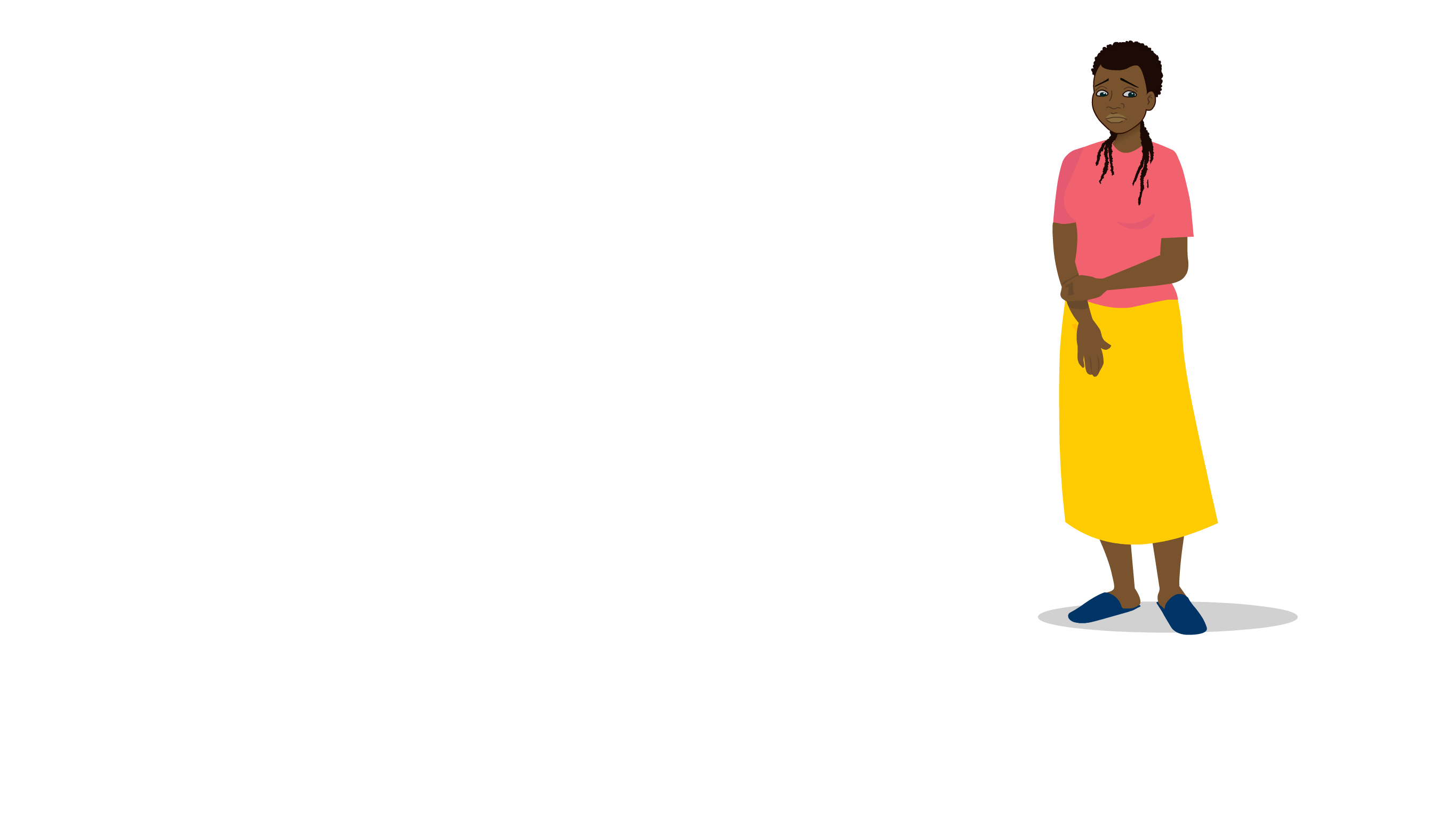


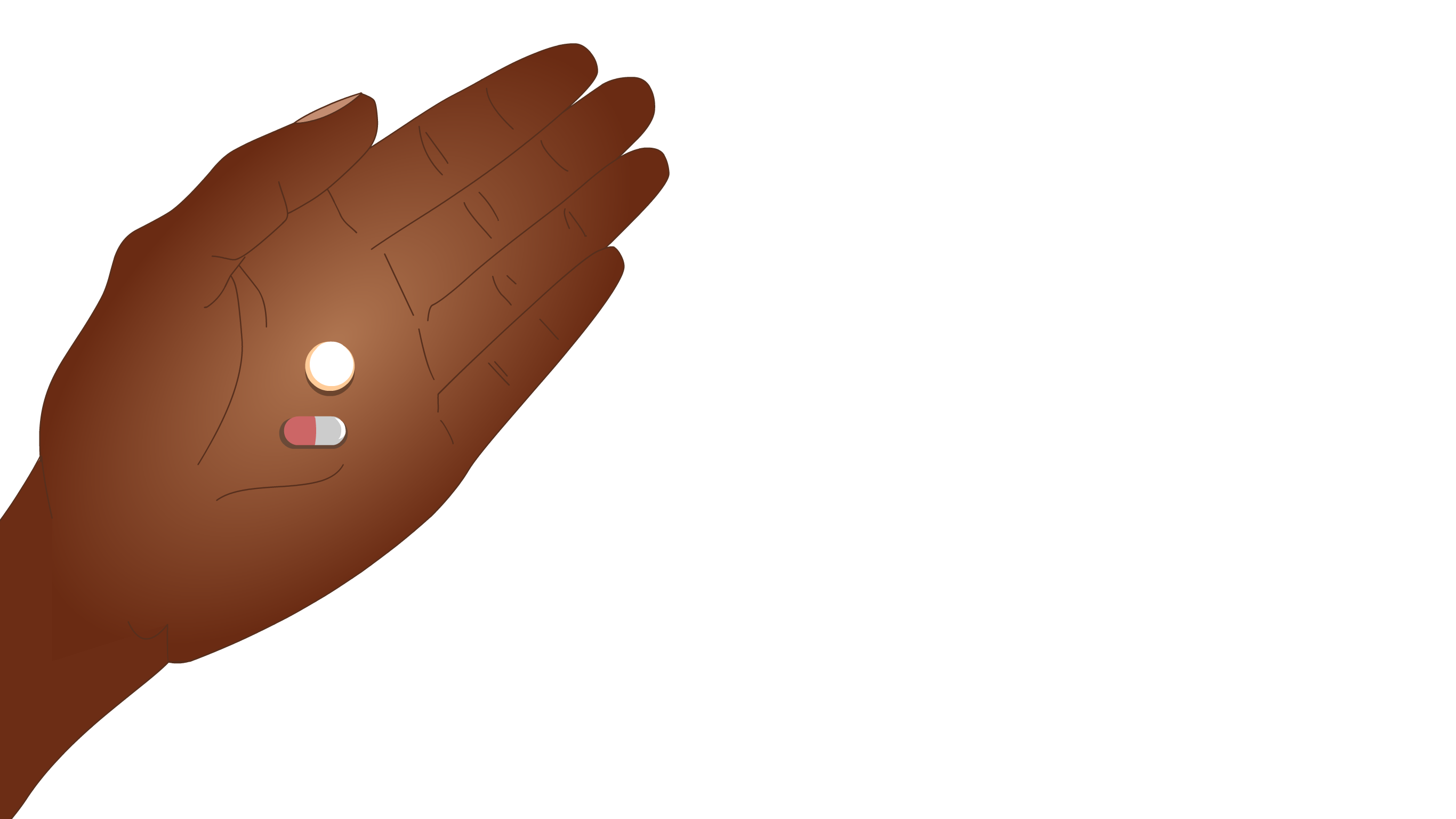
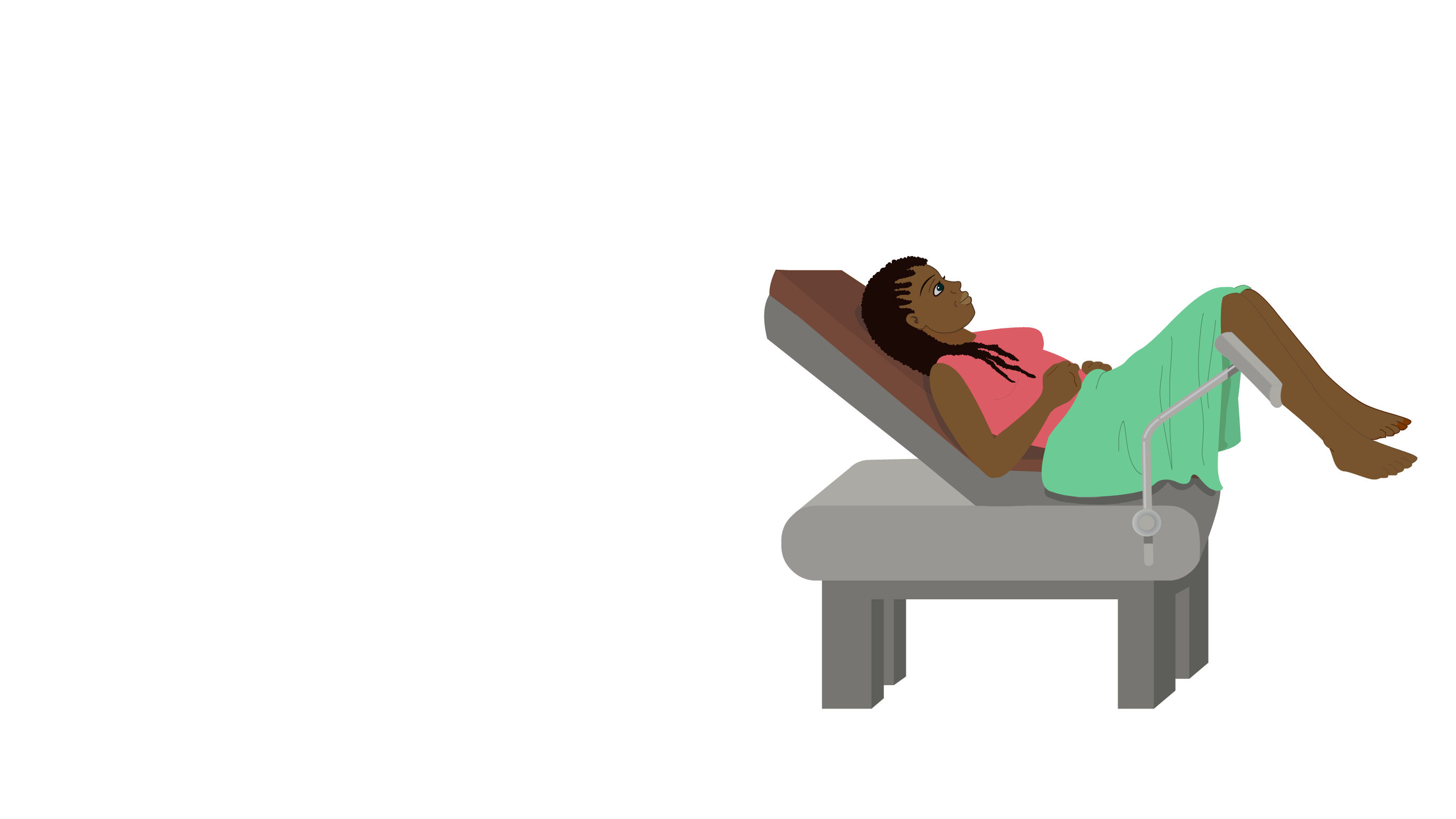



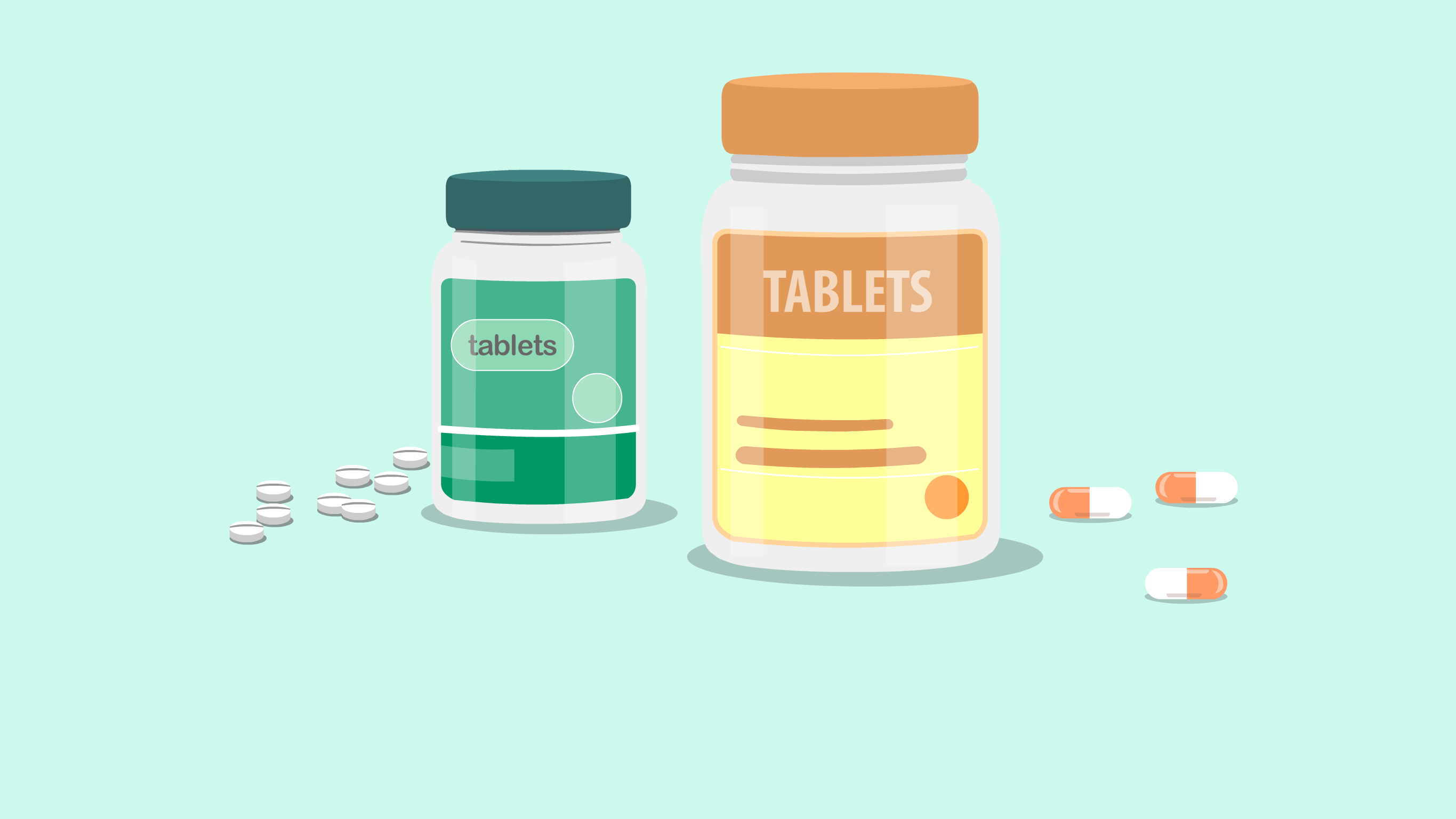

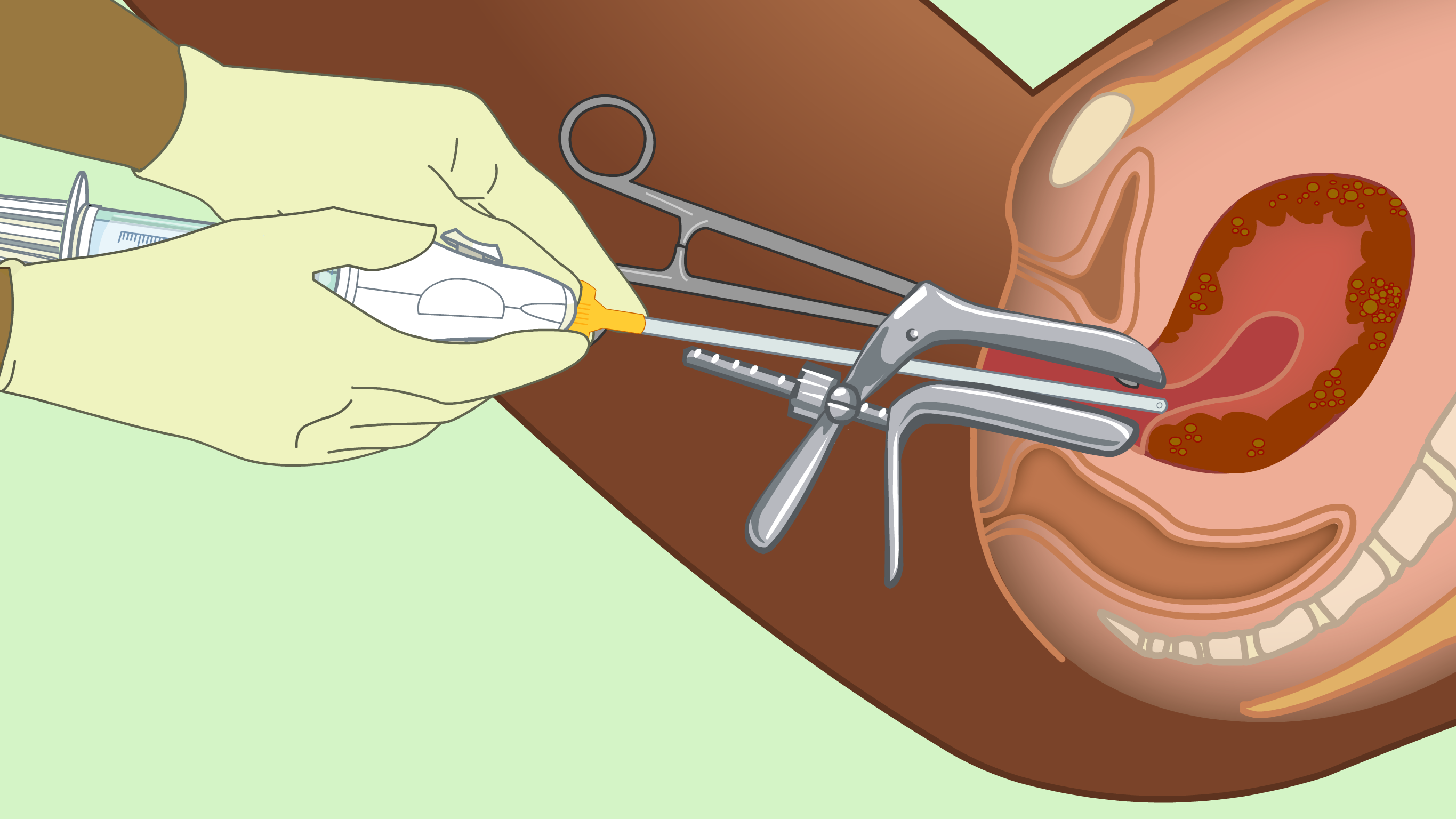






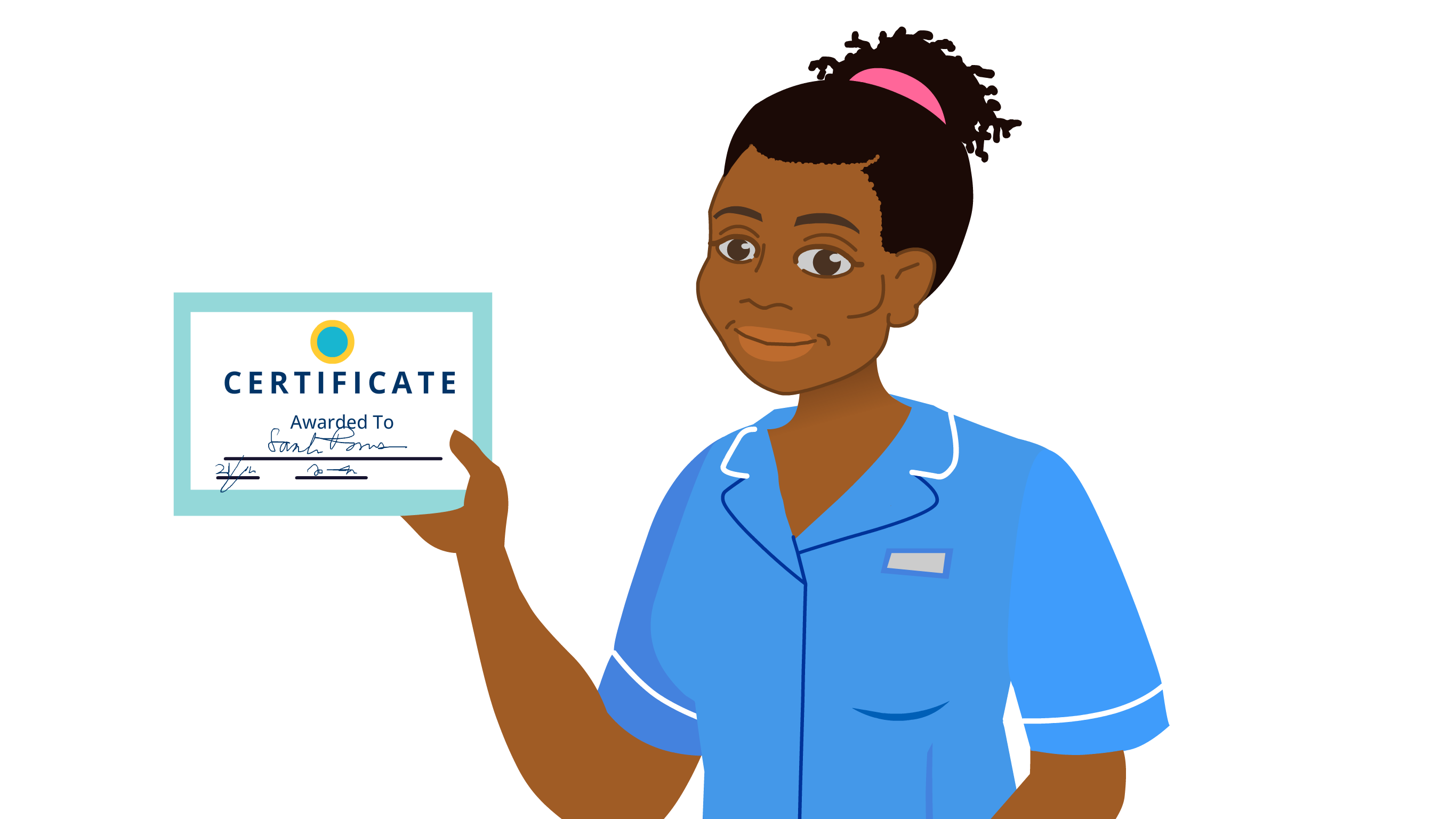


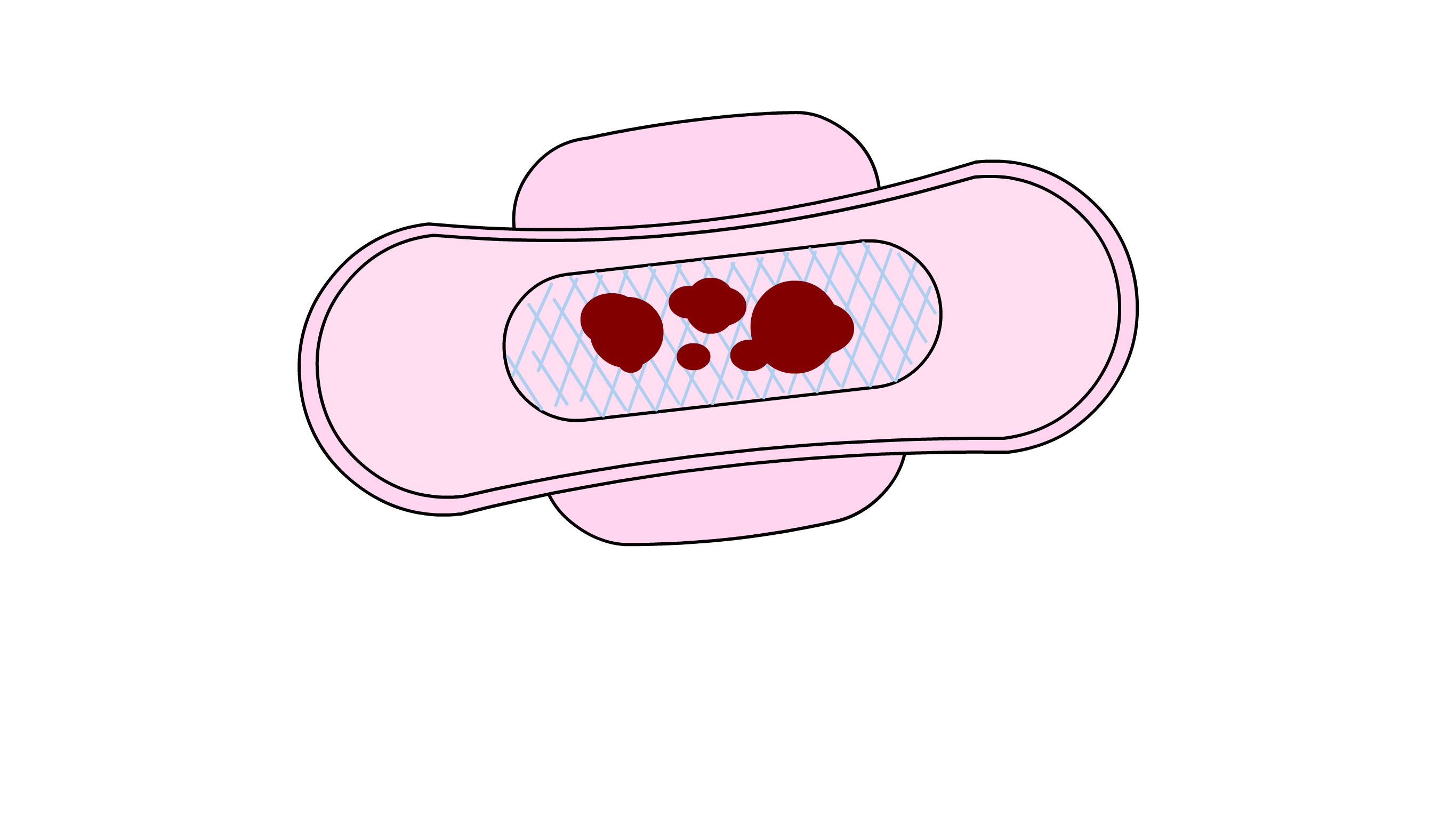


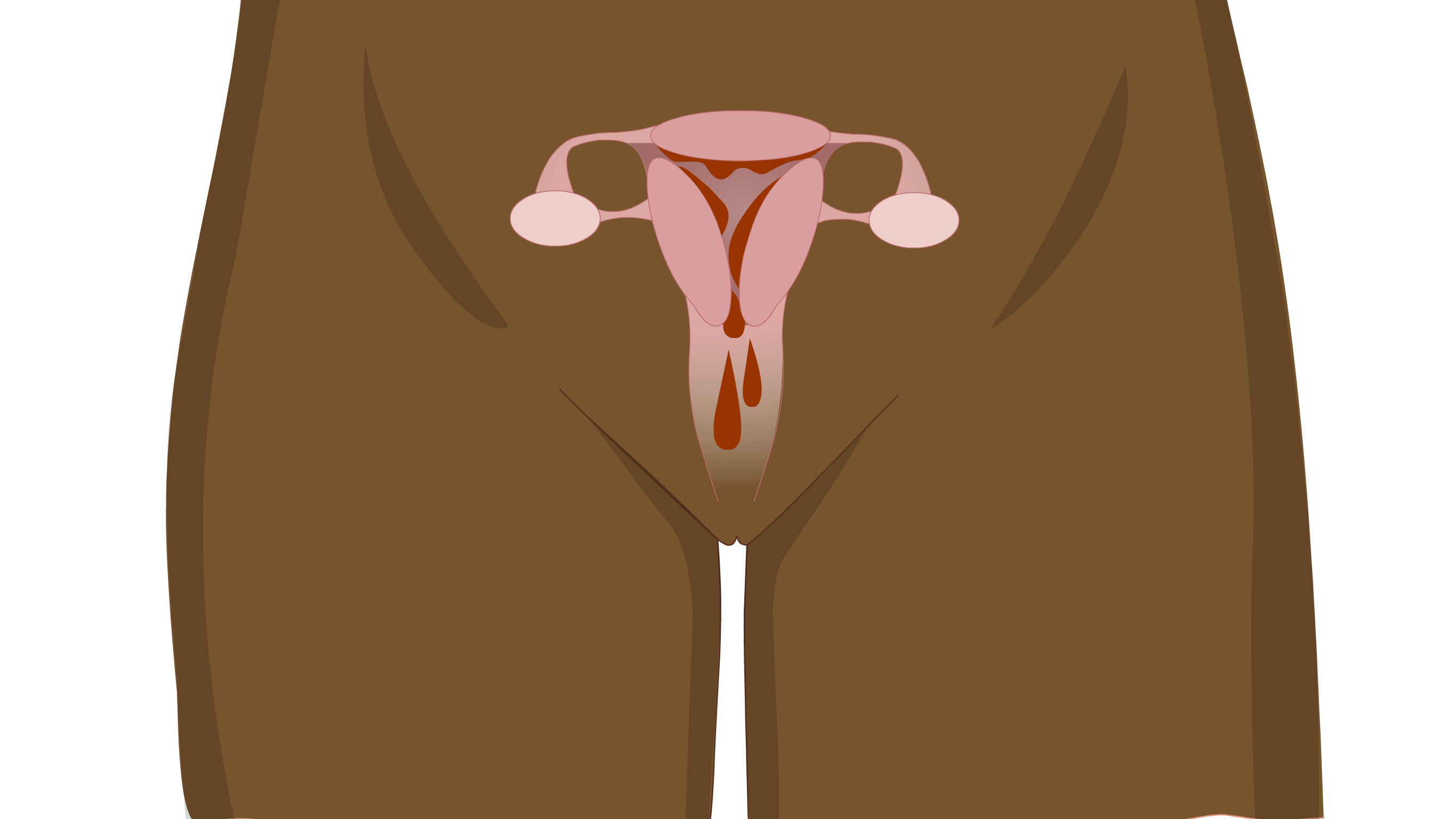


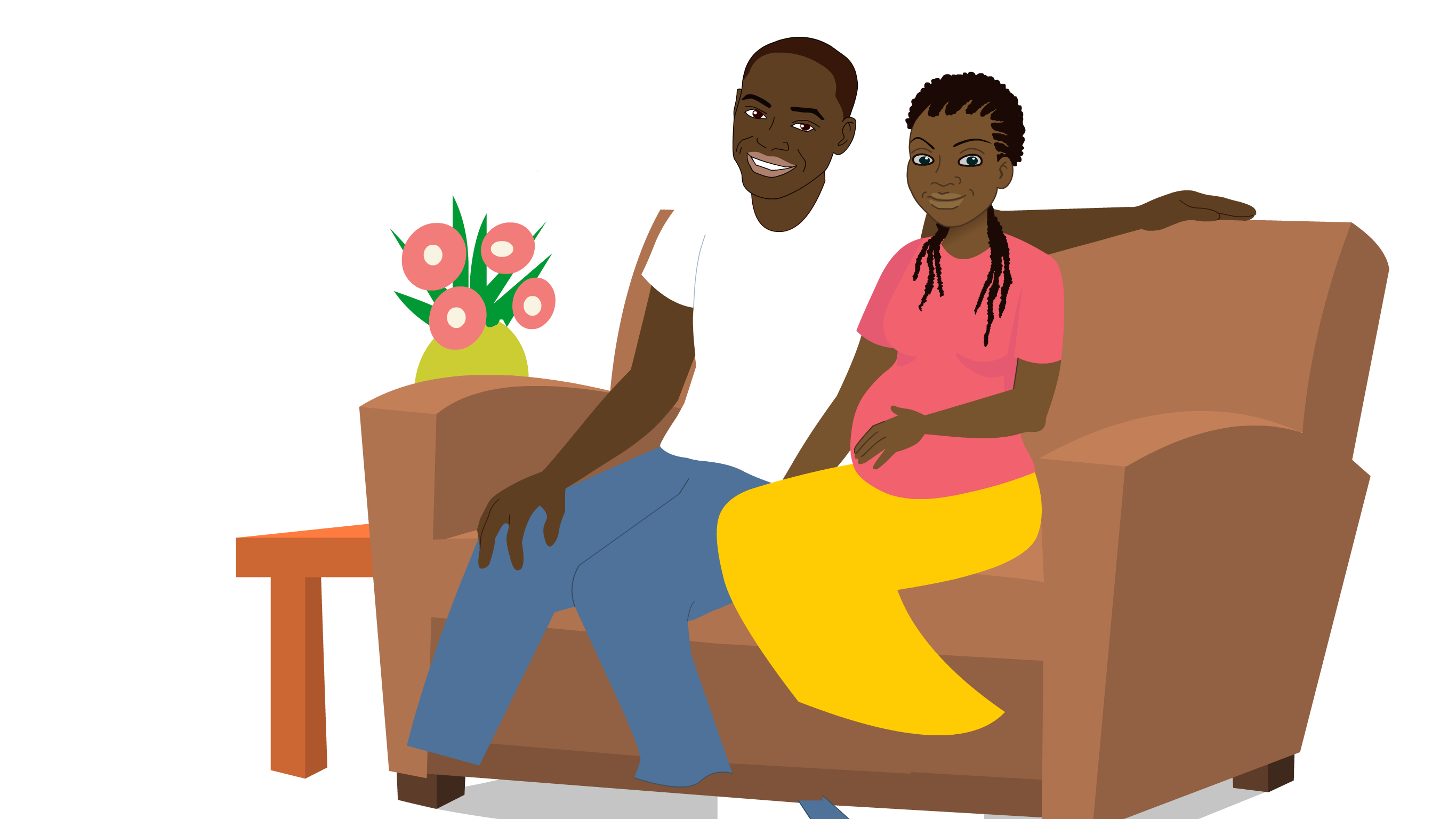

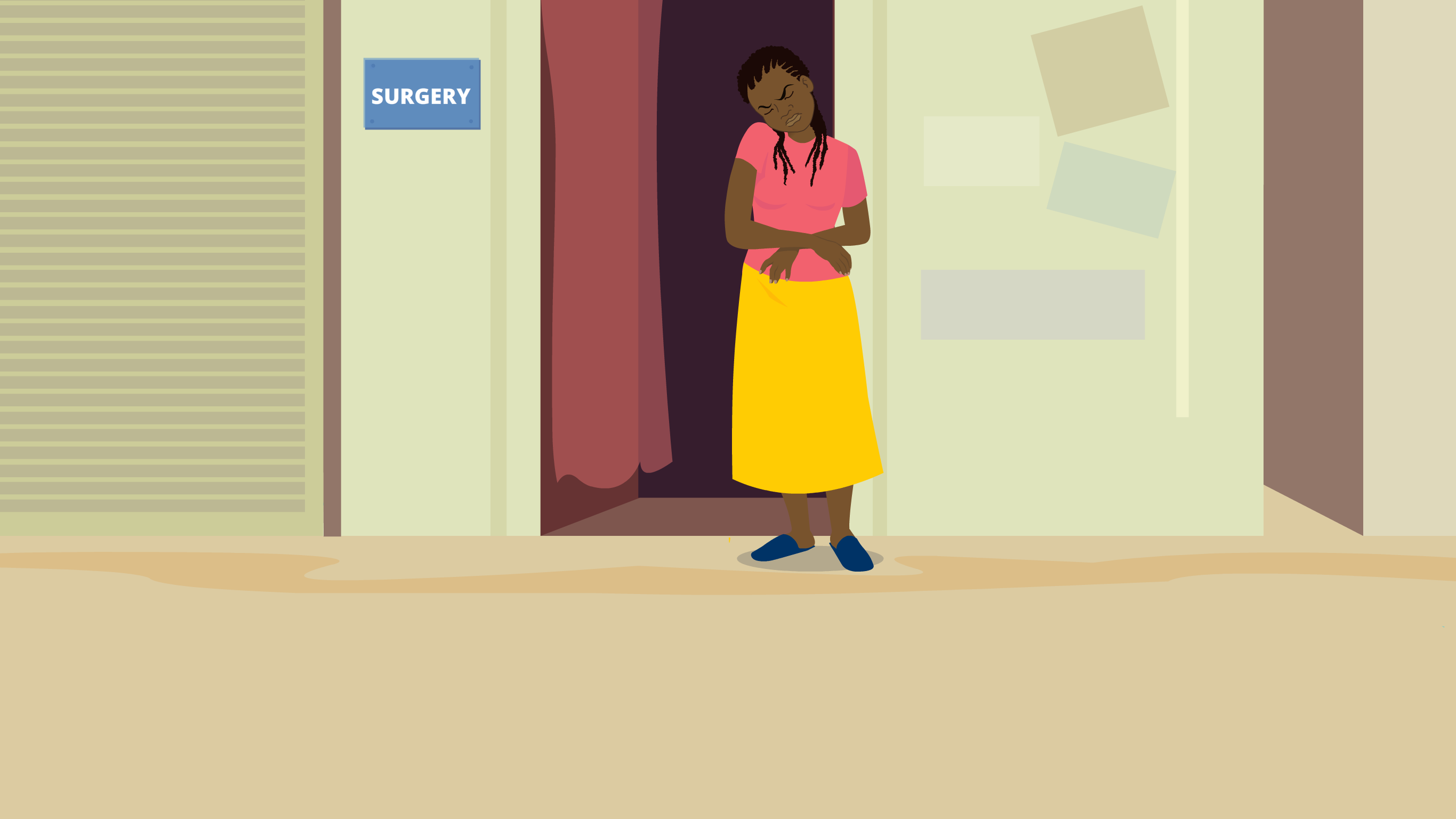

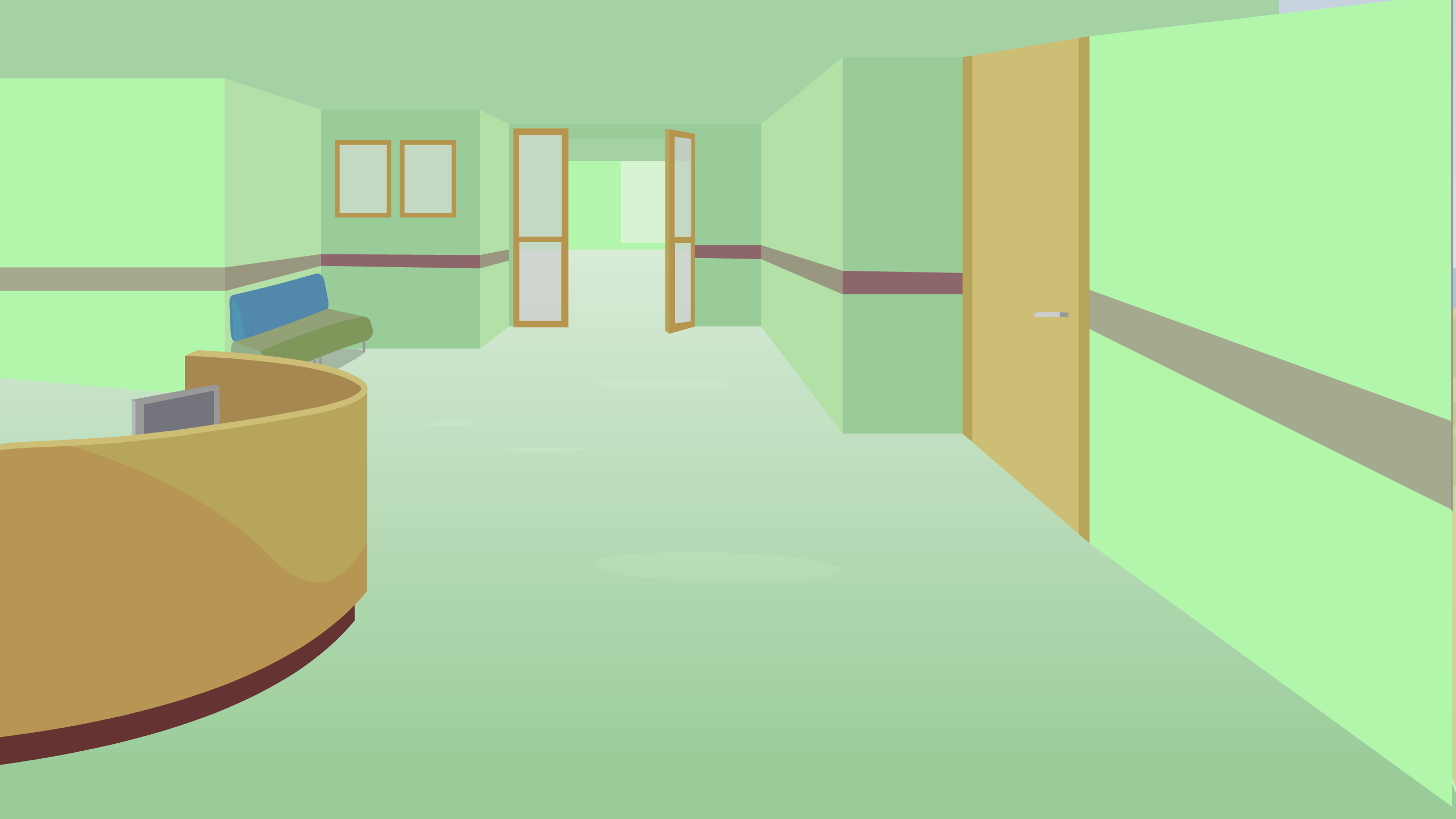
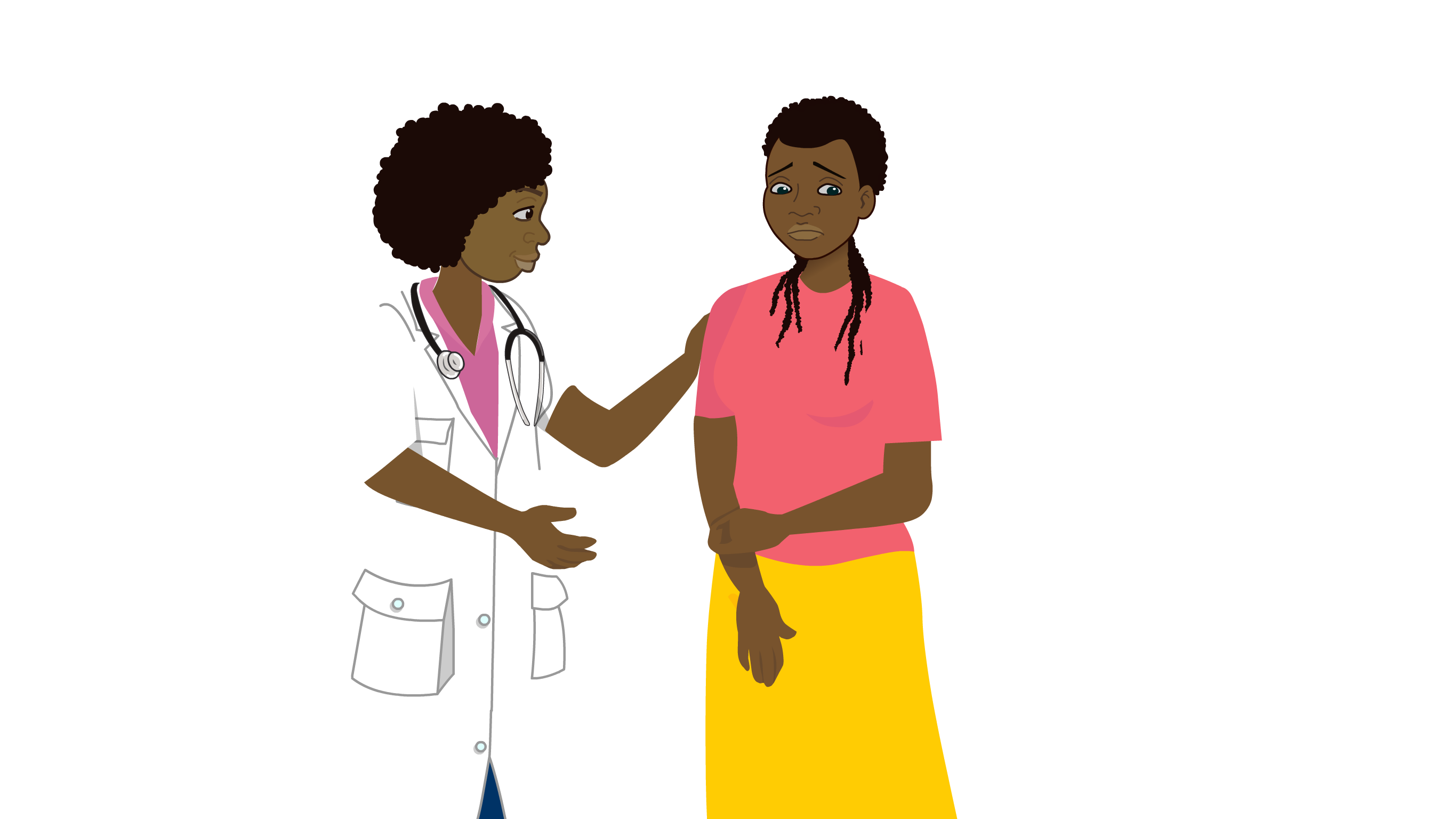

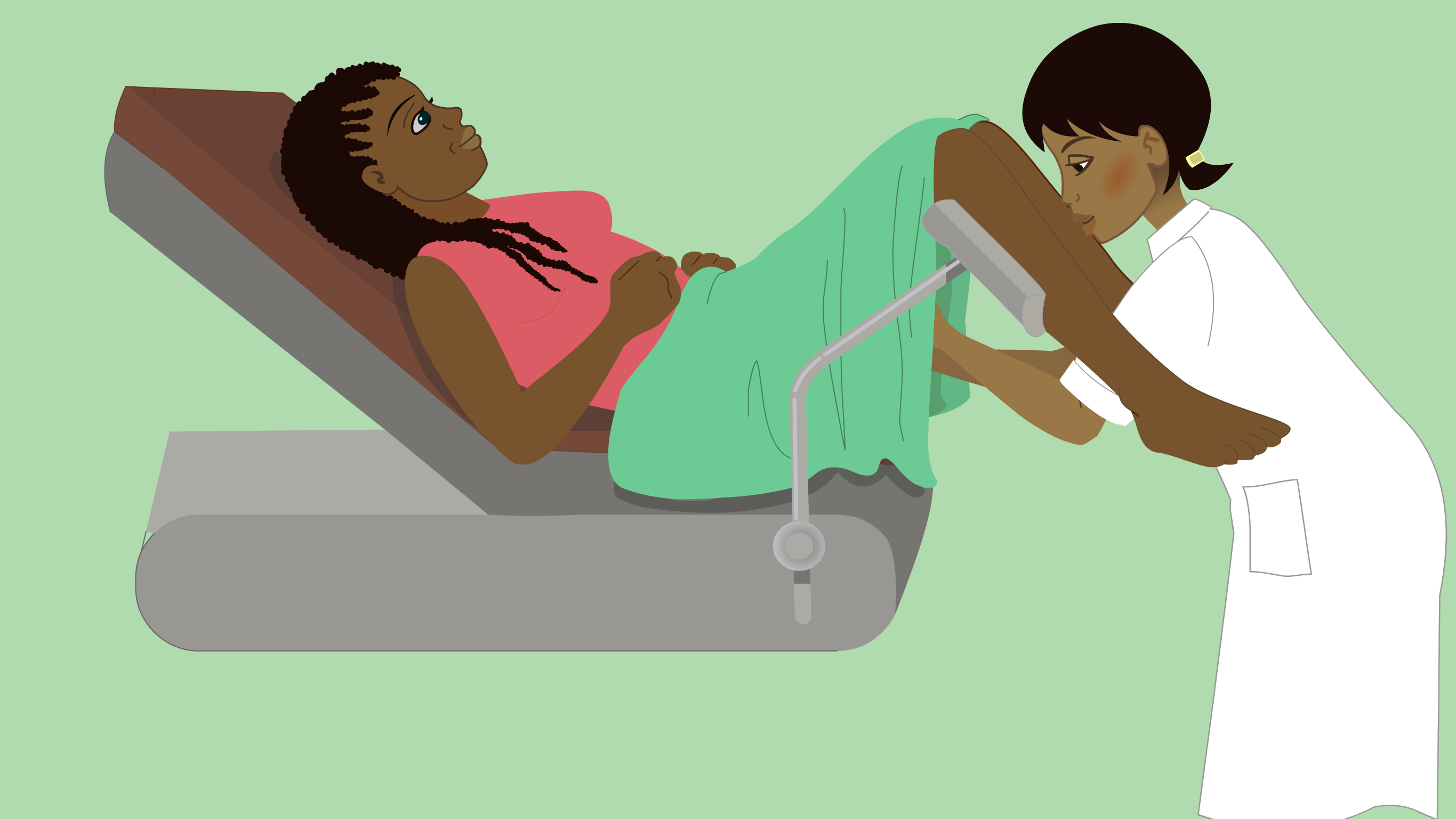





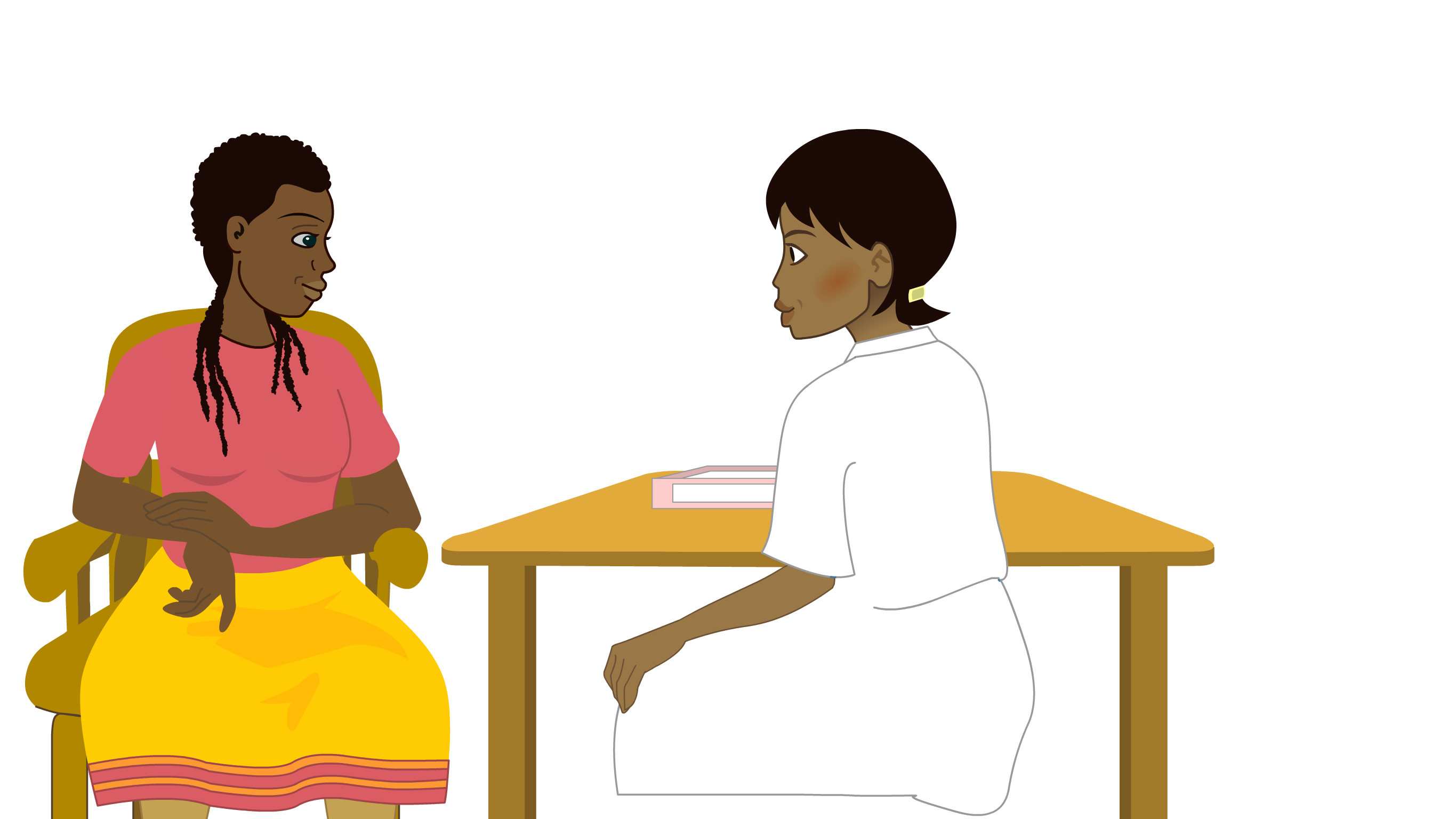


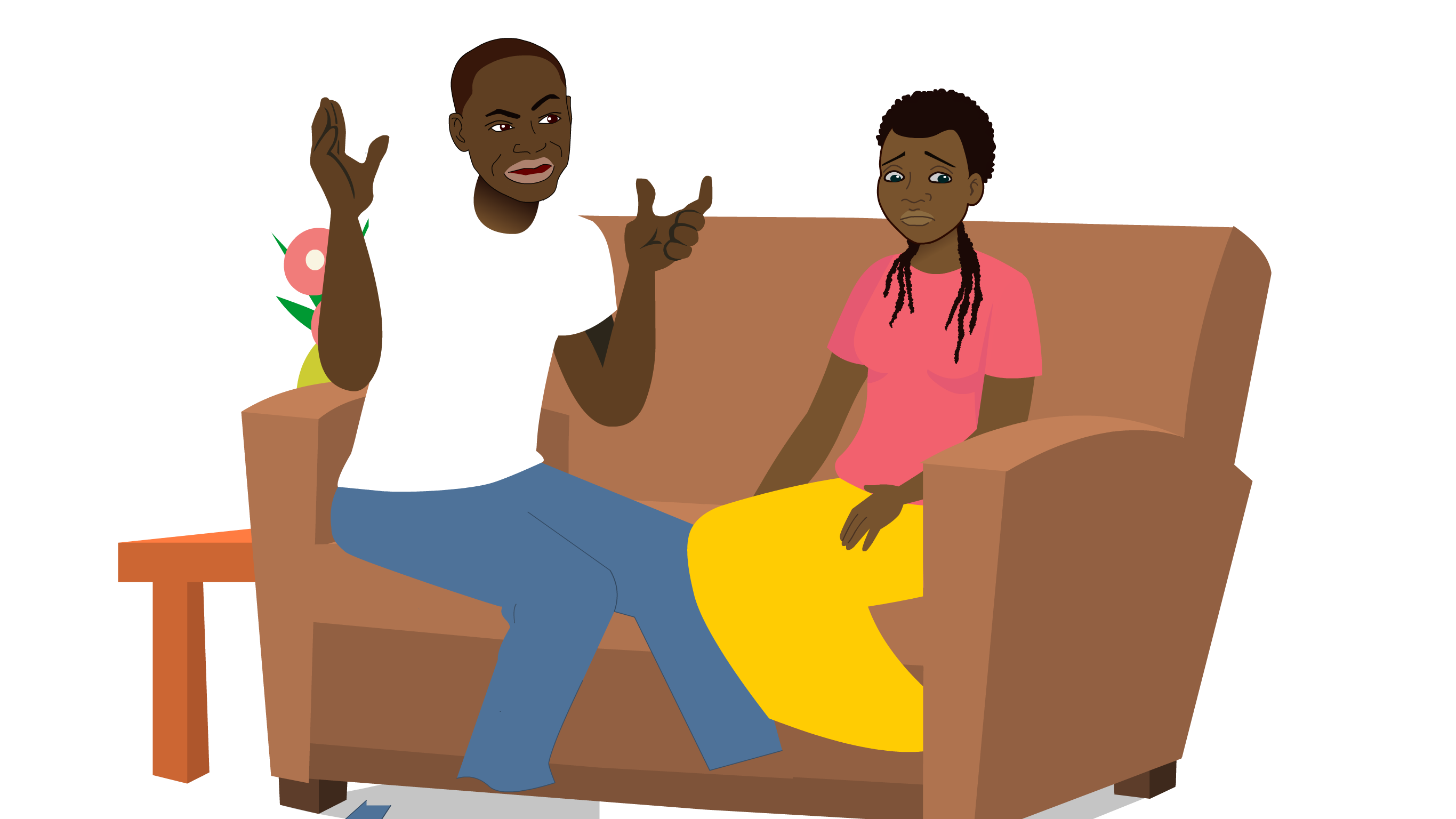


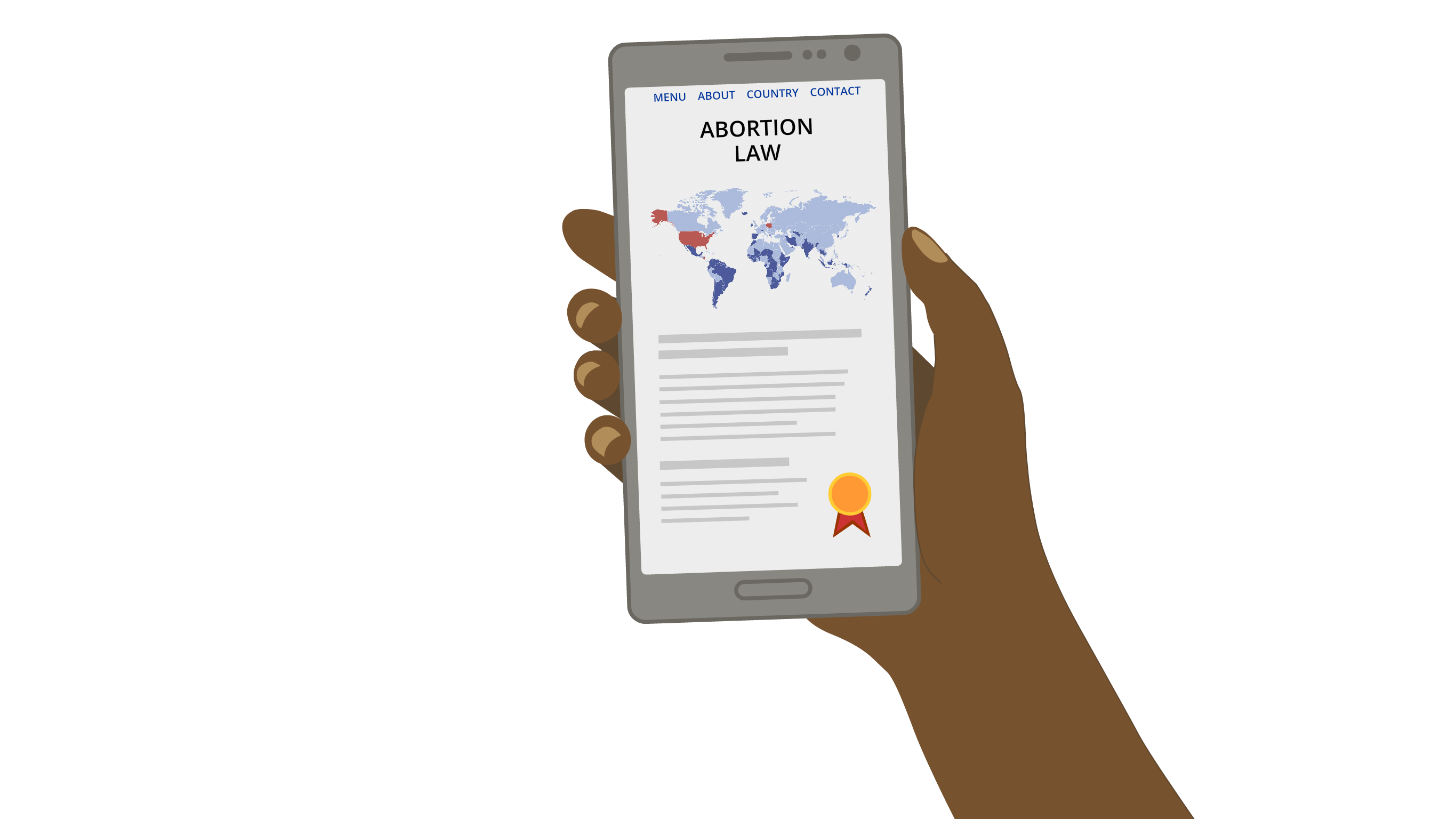

The authors of this ABORTION CARE program are:
- Dr David Rook
Specialty Trainee in Sexual and Reproductive Health, Liverpool, UK - Dr Sinead Cook
Consultant in Sexual and Reproductive Health, NHS Grampian, UK
The Welfare of Women program has been created under the General Editorship of Dr Kate Lightly, University of Liverpool, UK and is overseen by an expert International Editorial Board
The cost of producing this resource has been partly funded by an educational grant from GSK
What is an abortion?
An abortion is a procedure to end a pregnancy. This means the pregnancy stops growing and is removed from the body. It may also be called a 'termination of pregnancy' or 'induced abortion'.
There are two ways you can have an abortion. One is by taking tablets or medicines. This is called a 'medical' abortion. The other method is by having a healthcare professional perform a short surgical procedure. This is called a 'surgical' abortion. Both methods are very safe and effective. Neither method is better than the other. Your healthcare professional will help you decide which method is right for you. Sometimes a woman may have a medical condition or problem which means one method is better for her. That is why it is always important to speak to a trained healthcare worker to help you decide.
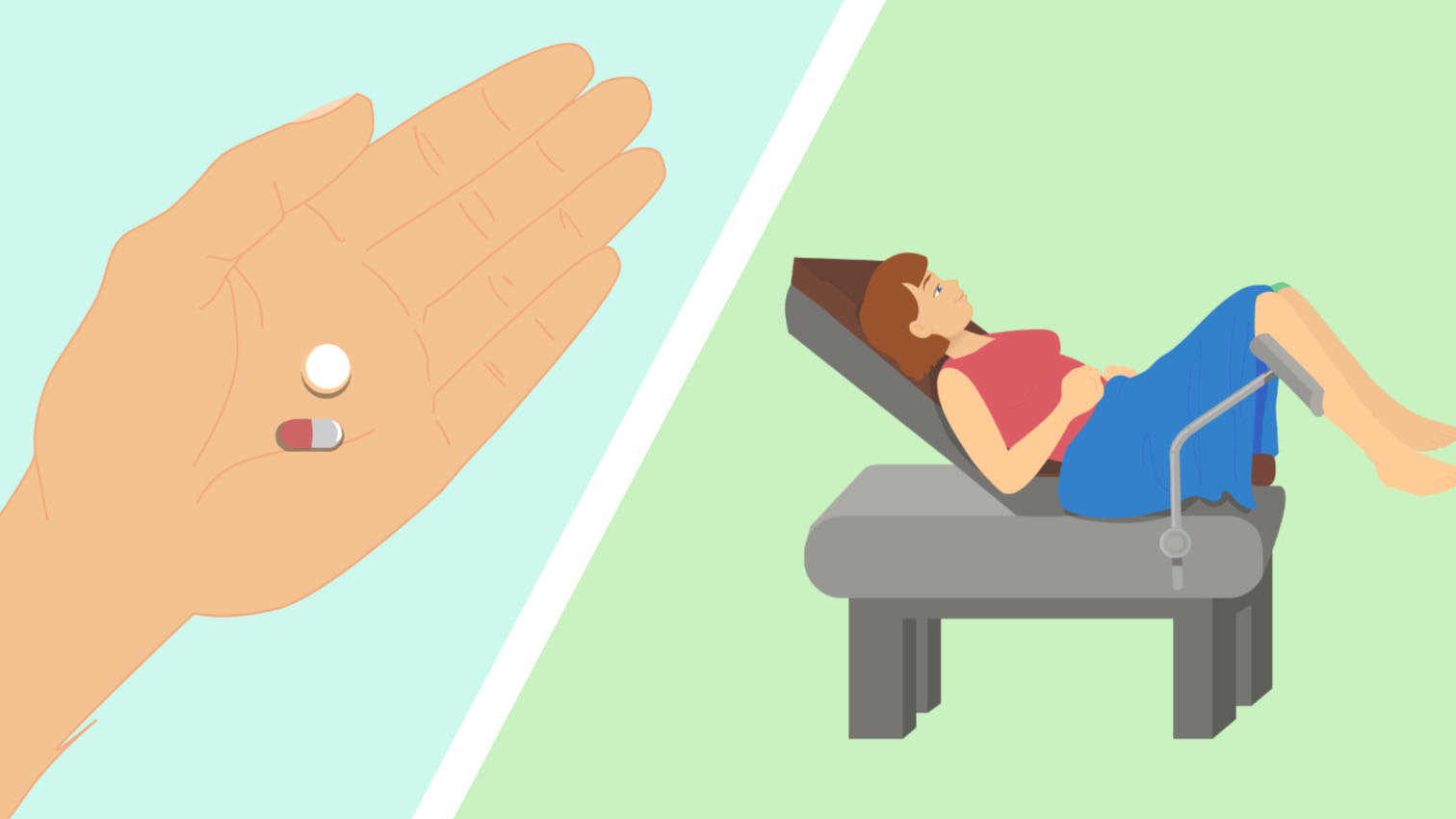
Abortions should ALWAYS be carried out by a FULLY TRAINED healthcare professional in a medical clinic or hospital. This is for your safety and wellbeing.
Who has abortions?
Abortion is very common. Women from lots of different countries and from a variety of backgrounds, cultures and communities have abortions. Three women out of every 10 who get pregnant will have an abortion.
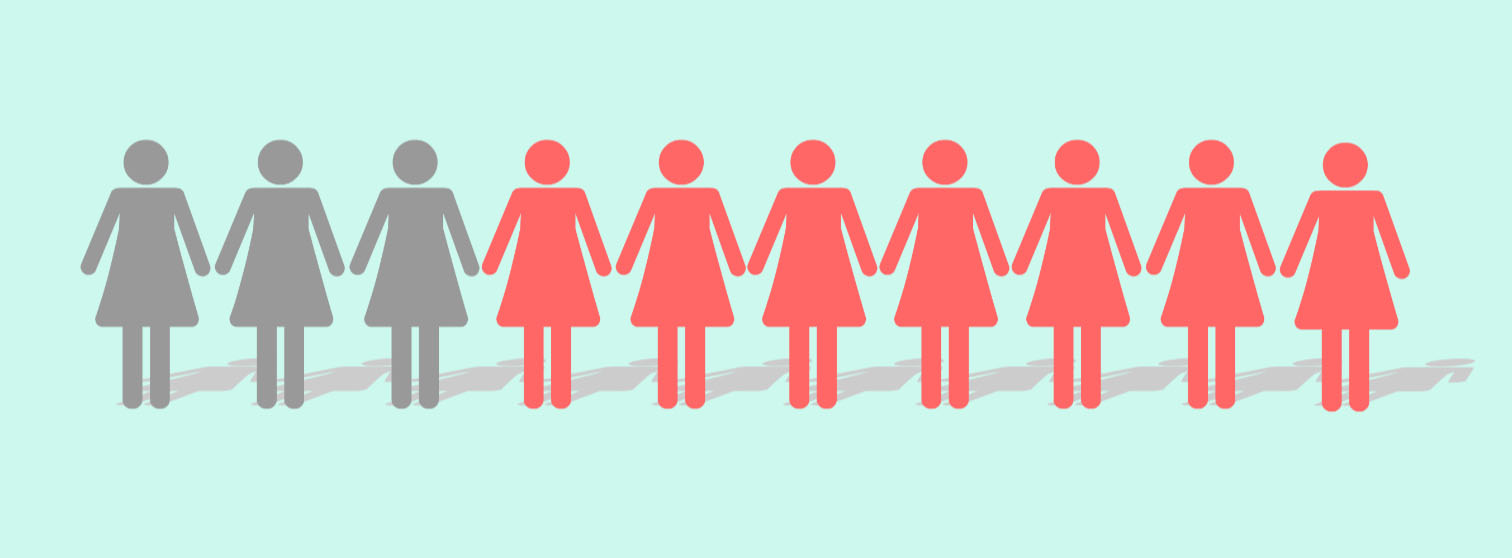
There are lots of reasons someone may decide to have an abortion. This could be because the woman does not feel it is the right time to have a baby. It could also be because there is a problem with the pregnancy.
Some women find the decision to have an abortion easy and some women find the decision hard. It is important that you are supported in your decision by talking to your partner, a friend, a relative or a healthcare worker. You do not have to tell your family or friends about your abortion if you don't want to. This includes your partner. The decision to have an abortion is yours only. Nobody else should decide for you.
Unsafe abortion
Abortions should always be carried out by a healthcare professional in a medical clinic or hospital. If someone is not properly trained to perform the procedure, you are likely to develop serious complications. This includes very heavy bleeding, severe infections, damage to your organs and even death. Unfortunately, more than 47,000 women die every year after an unsafe abortion.
What are the complications?
Abortions that are performed by trained healthcare professionals are very safe, but are safer the earlier they are performed in pregnancy. This is because there is a lower risk of problems from the abortion such as bleeding and infection.
Some women experience problems during or after their abortion. This is rare. Problems include heavy bleeding, bad tummy pains or getting sick with an infection. Sometimes the abortion has not worked properly and there are pregnancy tissues still inside the womb. A healthcare professional will discuss the complications with you at the abortion clinic and answer any questions you have.
Medical abortion
A medical abortion normally involves taking two different types of tablets, 1 or 2 days apart. The first tablet stops the pregnancy growing in the womb (uterus). The womb is where the pregnancy grows in a woman's abdomen. The second tablet causes the womb to contract and push the pregnancy out of the womb through the vagina. This will cause tummy pains and bleeding. Once you have passed all the pregnancy tissues, the bleeding and pain will slow down and stop. This is a sign that the procedure has worked.
Surgical abortion
A surgical abortion is a procedure in which a healthcare professional removes the pregnancy from the womb (uterus). This can be done while you are asleep (using general anesthetic or a sedative). It can also be done while you are awake using painkillers and local anesthetic. A thin tube is passed through the neck of the womb (cervix) and into the womb itself. Gentle suction removes the pregnancy through the tube.
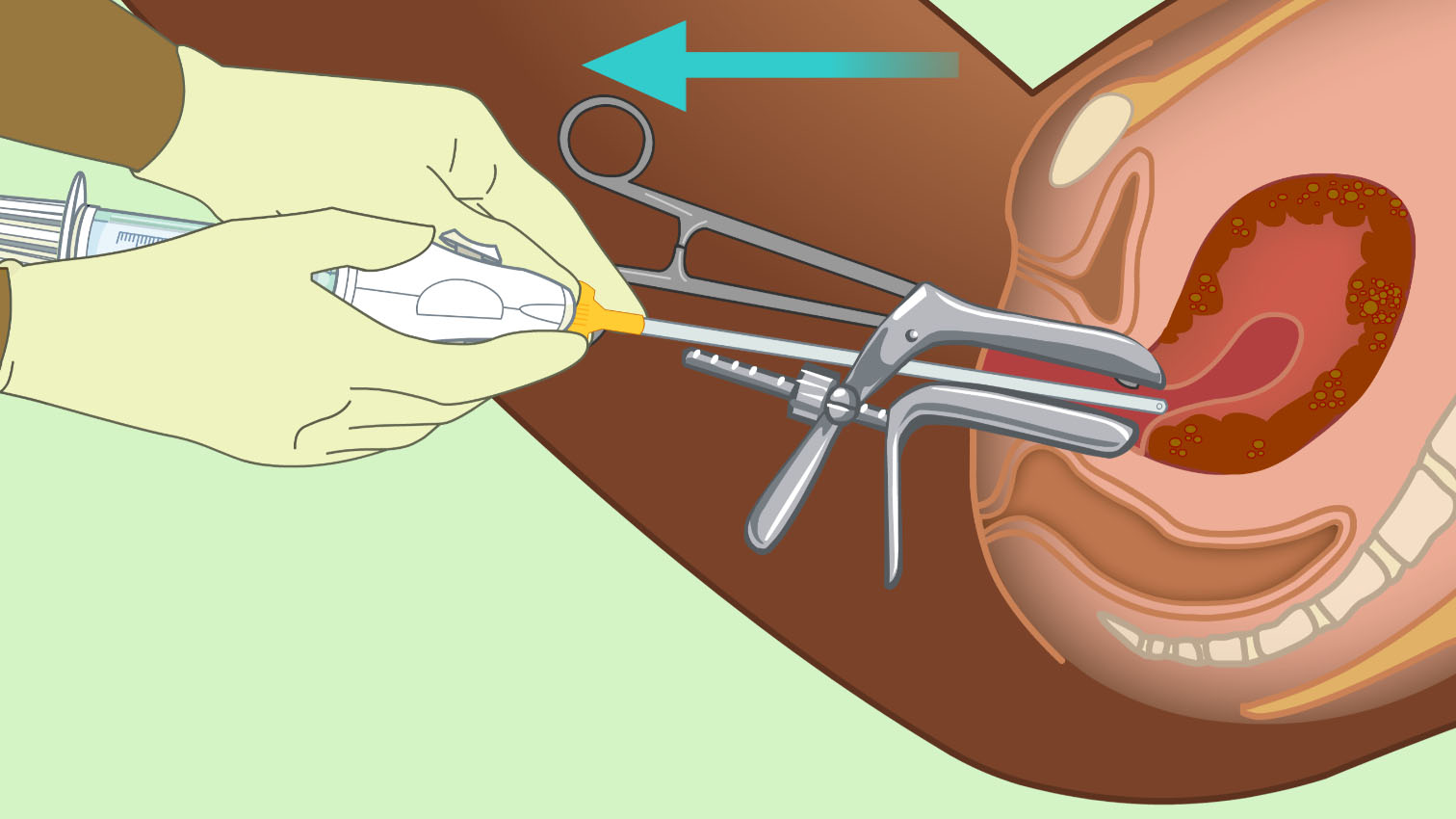
Surgical abortion is also very safe and effective. Rarely, some women bleed heavily or develop an infection. There is also a small risk that the womb may be damaged by the instruments causing a hole or 'perforation'.
Contraception
Contraception is a form of family planning which stops you from getting pregnant. After an abortion, you can get pregnant again very quickly, sometimes within a week. It is important to start a reliable method of contraception if you do not want to be pregnant again. Speak to your healthcare worker about which method is best for you. Most methods can be started the same day you have your abortion.
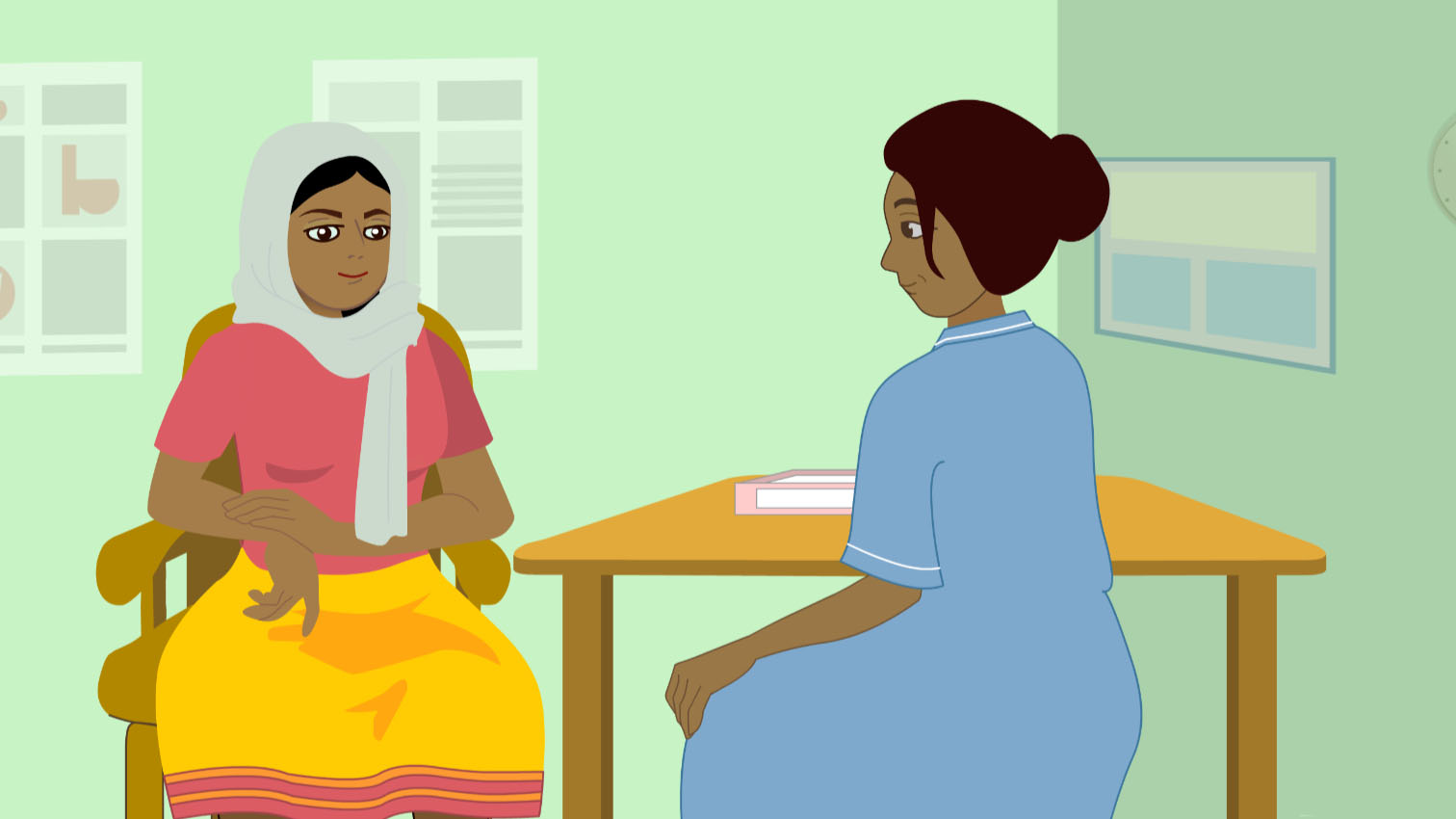
You must be sure to check and follow the law about abortion that applies in the country in which you live. For more information about abortion in your country, please talk to your healthcare worker or check online.
The authors of this ABORTION CARE program are:
- Dr David Rook, Specialty Trainee in Sexual and Reproductive Health, Liverpool, UK
- Dr Sinead Cook, Consultant in Sexual and Reproductive Health, NHS Grampian, UK
The Welfare of Women program has been created under the General Editorship of Dr Kate Lightly, University of Liverpool, UK and is overseen by an expert International Editorial Board
The publishing reference for this program is: DOI 10.3843/GLOWM.w10086
The Welfare of Women information program is an attempt to provide women everywhere with access to reliable information about key health issues that may be relevant to them. Information is offered at three separate levels which women may select according to their preferences; firstly, short video animations with voice commentary, secondly, more detailed text-based descriptions, and thirdly, links to recommended further reading. With the animated videos, women can also select the images that they feel most comfortable in viewing from a short range of very generalized and non-specific ethnicity options. Because of the special programming used, both the videos and the text information can – when authorized – be translated into any language in a simple and rapid manner.
Recommended links for more comprehensive and detailed reading
The following websites provide more comprehensive and extensive information on this topic, which is both reliable and strongly recommended for readers who want to learn more than the details provided above:
RCOG Patient information leaflet: Abortion. 2014
https://www.rcog.org.uk/en/patients/patient-leaflets/abortion-care/
Marie Stopes International: UK What are my options. 2021
https://www.msichoices.org.uk/abortion-services/what-are-my-pregnancy-options/
Family Planning Association: Abortion. 2020
https://www.fpa.org.uk/download/abortion-your-questions-answered/
Resources the author(s) used in preparing this guidance
WHO Factsheet: Preventing unsafe abortion. 2020
https://www.who.int/news-room/fact-sheets/detail/preventing-unsafe-abortion
RCOG Patient information leaflet: Abortion. 2014
https://www.rcog.org.uk/en/patients/patient-leaflets/abortion-care/
Marie Stopes International: UK What are my options. 2021
https://www.msichoices.org.uk/abortion-services/what-are-my-pregnancy-options/
Family Planning Association: Abortion. 2020
https://www.fpa.org.uk/download/abortion-your-questions-answered/
UK Government: Safe and unsafe abortion. 2014
https://assets.publishing.service.gov.uk/government/uploads/system/uploads/attachment_data/file/324590/safe-unsafe-abortion2.pdf

